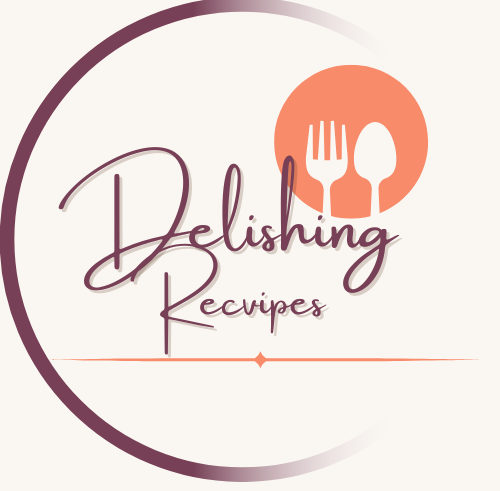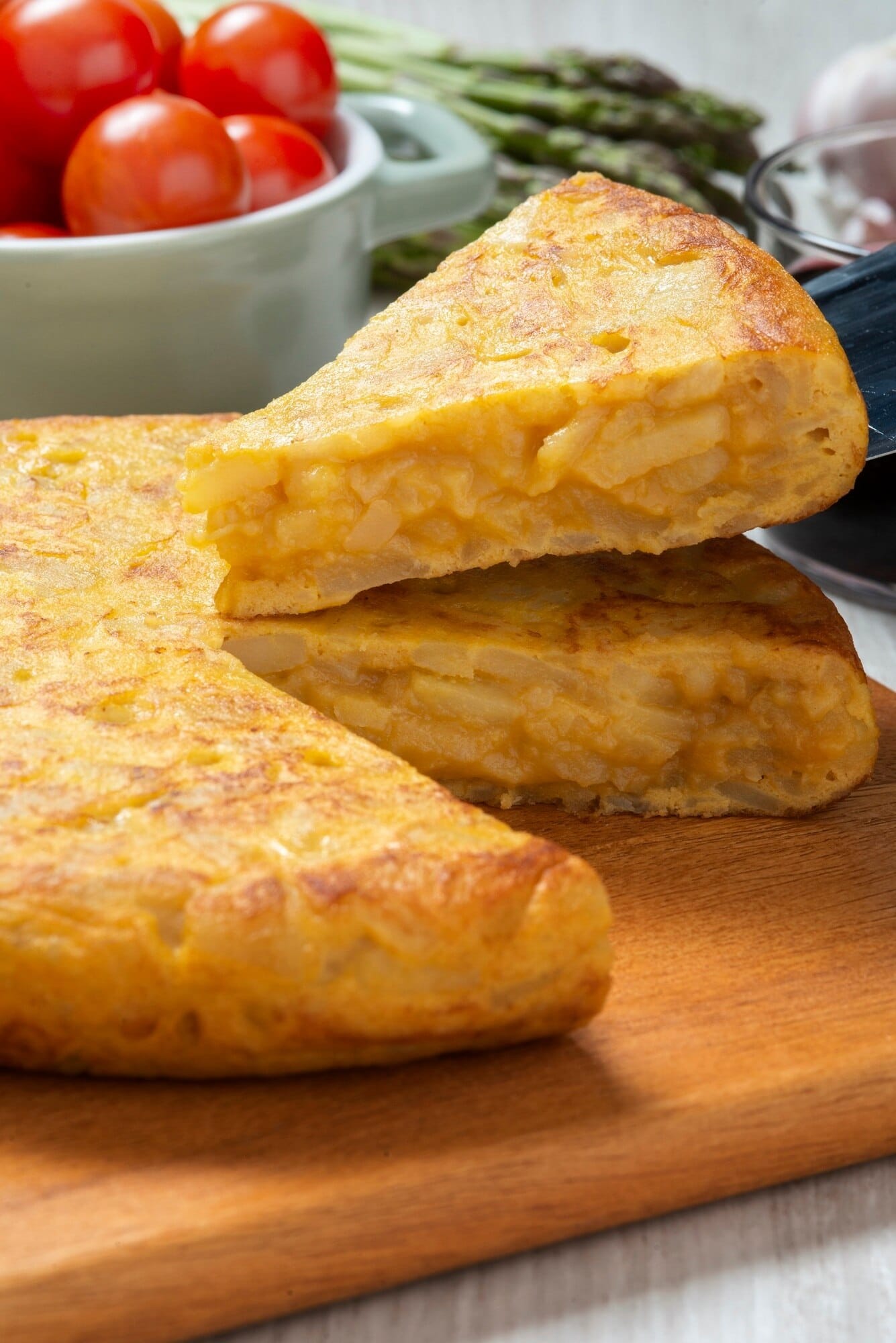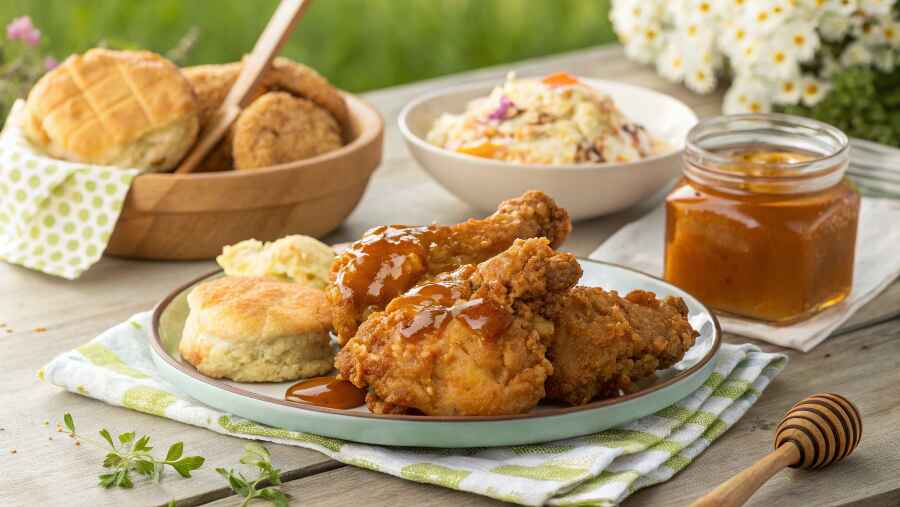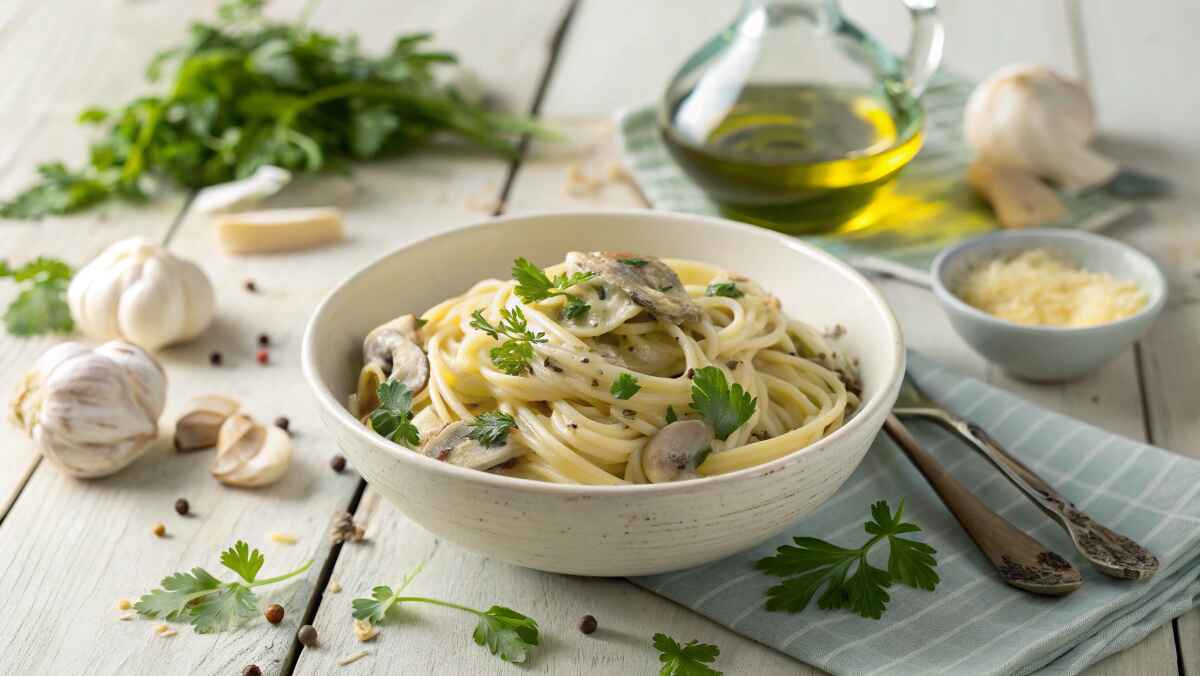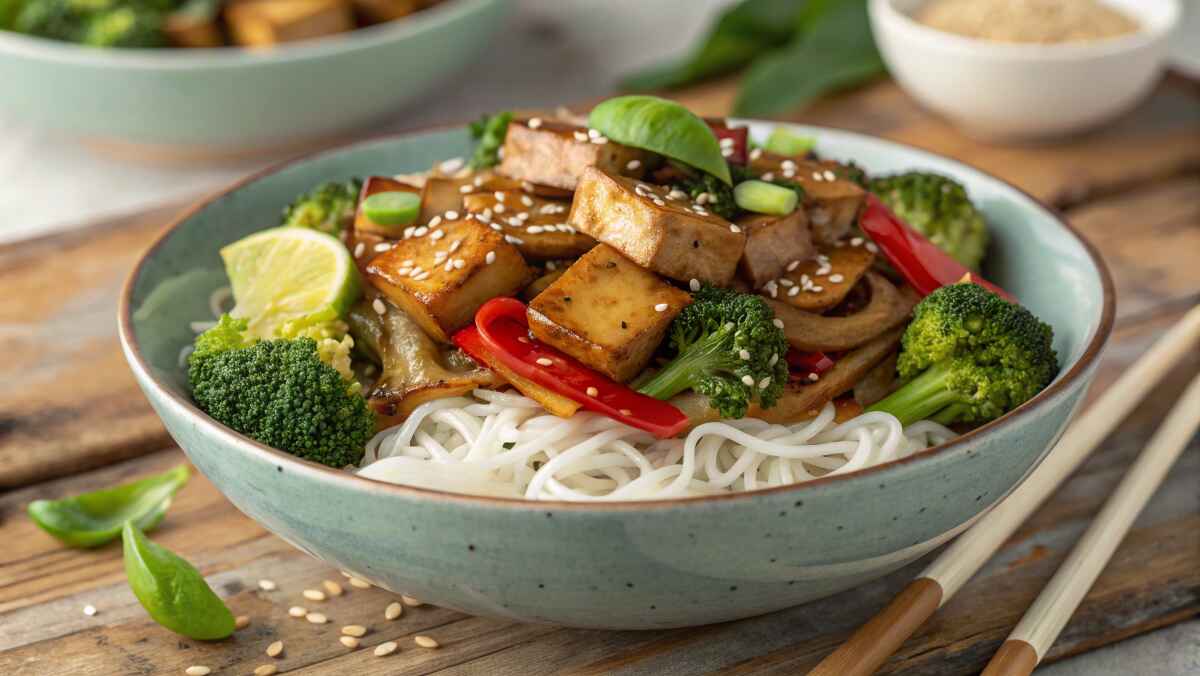Skillet cornbread is a traditional and beloved dish made from a simple batter of cornmeal, flour, eggs, milk, and other ingredients baked in a cast-iron skillet. Known for its golden, crisp crust and tender, crumbly interior, skillet cornbread is a staple of comfort food cuisine. Moreover, its versatility allows it to pair beautifully with hearty stews, barbecues, and even sweet spreads for a satisfying snack or side dish. For example, if you are looking for another comforting dish, try this butternut squash lasagna.
The History and Origin of Cornbread
Cornbread has deep roots in American culinary history, originating from the Native Americans who cultivated maize as a staple crop. In the beginning, Native Americans created early versions of cornbread, such as ash cakes and pone, using ground corn and water. Subsequently, when European settlers arrived, they adopted and adapted these recipes, incorporating ingredients like buttermilk, eggs, and leavening agents to create the variations we know today.
The dish became especially popular in the Southern United States, where it evolved into a culinary icon. Skillet cornbread, specifically, emerged as a practical way to bake cornbread on an open flame or wood stove. Additionally, for a modern twist on Southern classics, check out this guide to boneless ribs.
Why Use a Skillet for Cornbread?
The cast-iron skillet is the secret weapon for achieving the perfect cornbread. Specifically, its thick, heavy construction allows for even heating, creating a beautifully golden crust. Furthermore, preheating the skillet before adding the batter creates an instant sizzle, helping to form a crispy crust that locks in moisture. This method also enhances the flavor, as the skillet’s seasoned surface adds subtle depth to the dish. For instance, if you’re searching for hearty recipes that pair well with skillet cornbread, explore this ultimate guide to gluten-free meatballs.
Ingredients for Skillet Cornbread
Creating the perfect skillet cornbread starts with understanding the role each ingredient plays in achieving its distinctive flavor, texture, and appearance. As a result, here’s an in-depth look at the essential ingredients you’ll need:
- Cornmeal
Cornmeal is the foundation of any cornbread recipe, lending its signature grainy texture and rich, earthy corn flavor. To begin with, choose high-quality cornmeal, preferably stone-ground for a coarser texture, which gives the cornbread a more rustic feel. On the other hand, fine or medium-grind cornmeal works for those who prefer a smoother bite. - All-Purpose Flour
Flour adds structure and softness, ensuring the cornbread holds together while balancing the grit of the cornmeal. In contrast, reducing the flour slightly creates a more crumbly texture. Alternatively, you can replace it with whole-wheat flour for added nutrition and a nuttier flavor. - Baking Powder and Baking Soda
These leavening agents are critical for giving the cornbread its rise, ensuring a fluffy interior while maintaining the signature crumbly texture. Therefore, the combination of baking soda and buttermilk enhances the texture beautifully. - Salt
Salt enhances the natural flavors of the cornmeal and other ingredients, bringing out the sweetness of the corn and the richness of the butter. For instance, using smoked or herbed salt can add depth to your cornbread. - Buttermilk
Buttermilk adds moisture, tenderness, and a subtle tangy flavor that complements the natural sweetness of the cornmeal. If necessary, substitute regular milk mixed with a tablespoon of vinegar or lemon juice. - Eggs
Eggs bind the ingredients together, adding richness and structure to the batter. Additionally, they prevent the cornbread from crumbling excessively. - Butter
Butter provides richness, flavor, and a golden, crispy crust that defines skillet cornbread. Alternatively, use vegetable oil for a dairy-free option, though it may slightly alter the flavor profile.
Enhancements for a More Unique Cornbread
While these ingredients form the classic base, don’t hesitate to experiment with add-ins to make your cornbread truly your own. For example, you could add honey or maple syrup for a dessert-like version, or diced jalapeños for a spicy kick.
Step-by-Step Recipe for Classic Skillet Cornbread
Crafting the perfect skillet cornbread requires attention to detail at each step. Here’s how you can do it:
- Preheat the Skillet
Preheating the skillet ensures an even cooking surface and helps create the iconic crispy crust by searing the batter the moment it touches the hot skillet. Moreover, letting the skillet heat for at least 10 minutes ensures consistent results. - Mix the Dry Ingredients
Combining the dry ingredients first ensures even distribution of leavening agents, which helps the cornbread rise uniformly. Additionally, whisking aerates the mixture, contributing to a lighter texture. - Prepare the Wet Ingredients
Properly combining wet ingredients creates a smooth base that binds the cornbread batter together. In case you’re out of buttermilk, make your own substitute by mixing milk with vinegar or lemon juice. - Combine Wet and Dry Ingredients
Gently mixing the wet and dry ingredients prevents overworking the batter, which can lead to dense or tough cornbread. For instance, fold in shredded cheese or diced jalapeños at this stage for added flavor. - Prepare the Skillet
Greasing the hot skillet prevents sticking and contributes to the crispy, golden crust that makes skillet cornbread so appealing. Furthermore, the melted butter enhances the flavor further. - Pour and Bake
Pouring the batter into a hot skillet creates an immediate sizzle, ensuring a crispy crust. Meanwhile, baking it for 20-25 minutes allows the cornbread to achieve a golden brown top. - Check for Doneness
Insert a toothpick into the center of the cornbread to check if it’s done. If it comes out clean, your cornbread is ready to serve.- Cool and Serve
Letting the cornbread cool slightly allows it to firm up, making it easier to slice. Finally, serve it with your favorite toppings or as a side dish.
- Cool and Serve
Frequently Asked Questions (FAQ) About Skillet Cornbread
1. Why is my cornbread crumbly?
Cornbread’s crumbly texture can result from:
- Using too much cornmeal compared to flour.
- Insufficient moisture in the batter. Adding more buttermilk or oil can help.
- Overbaking, which dries out the cornbread. Be sure to check for doneness as soon as the top is golden.
Tip: Learn how to balance moisture in this guide to boneless ribs, which discusses texture in slow-cooked dishes.
2. Can I make skillet cornbread without a cast-iron skillet?
Yes, you can! While a cast-iron skillet provides the best results for a crispy crust, suitable alternatives include:
- Oven-safe nonstick pans.
- Dutch ovens, which retain heat well.
- Baking dishes or cake pans, though preheating them won’t replicate the skillet’s crust.
3. How do I prevent my cornbread from sticking to the skillet?
To avoid sticking:
- Preheat the skillet before greasing it with butter or oil.
- Ensure the skillet is well-seasoned, as this creates a natural nonstick surface.
- Use parchment paper as a liner if your skillet tends to stick.
For more seasoning tips: Check out this butternut squash lasagna recipe, which highlights preparation techniques for cast-iron cookware.
4. Can I make cornbread ahead of time?
Absolutely! You can prepare and bake cornbread ahead of time:
- Store it at room temperature in an airtight container for up to two days.
- For longer storage, freeze the cornbread. Wrap it tightly in plastic wrap and place it in a freezer-safe bag for up to three months.
5. How do I reheat cornbread without drying it out?
To reheat:
- Wrap the cornbread in aluminum foil and warm it in a 300°F (150°C) oven for 10–15 minutes.
- Alternatively, microwave individual slices on a plate covered with a damp paper towel for 20–30 seconds.
6. What can I serve with skillet cornbread?
Skillet cornbread pairs wonderfully with:
- Hearty dishes like chili, stews, or barbecued meats.
- Sweet spreads such as honey butter, maple syrup, or fruit preserves.
- Savory toppings like garlic butter, herbed cream cheese, or roasted vegetables.
Explore pairing ideas in: this ultimate guide to gluten-free meatballs.
7. Can I make gluten-free skillet cornbread?
Yes, to make a gluten-free version:
- Replace all-purpose flour with a gluten-free 1:1 baking flour.
- Ensure your cornmeal is certified gluten-free, as some brands may be processed in facilities that handle wheat.
For inspiration: Read this guide to gluten-free meatballs.
8. How can I add flavor variations to my cornbread?
For extra flavor:
- Add shredded cheese, diced jalapeños, or crumbled cooked bacon to the batter.
- Mix in honey or brown sugar for a sweeter cornbread.
- Sprinkle herbs like rosemary or thyme into the batter for a savory twist.
9. Can I make vegan skillet cornbread?
Yes! For a vegan version:
- Replace eggs with flaxseed eggs (1 tablespoon of flaxseed meal mixed with 2.5 tablespoons of water per egg).
- Use plant-based milk (such as almond or soy) and vegan butter or oil.
Find more plant-based inspiration in this: butternut squash lasagna recipe.
What’s the Difference Between Skillet Cornbread and Regular Cornbread?
The primary difference between skillet cornbread and regular cornbread lies in their cooking method and resulting texture. While both versions use similar ingredients, the way they are baked greatly impacts the final outcome.
1. The Skillet Advantage: Crispier Crust, More Flavor
Skillet cornbread is baked in a preheated cast-iron skillet, which is one of the most significant factors in creating its signature crispy crust. When you pour the batter into a hot, greased skillet, it immediately begins to sizzle, forming a slightly crunchy bottom layer. This process locks in moisture while allowing the exterior to develop a beautifully golden, crisp texture. The heavy heat-retaining properties of cast iron ensure that the cornbread bakes evenly, delivering a rich, slightly smoky depth of flavor that metal baking pans can’t replicate.
Regular Cornbread: Softer and More Cake-Like
On the other hand, regular cornbread is typically baked in a cake pan, baking dish, or muffin tin, which doesn’t provide the same intense, even heat as cast iron. As a result, the cornbread has a softer texture throughout, often resembling a light, fluffy quick bread rather than a crispy, rustic creation. While it still retains the delicious corn flavor, it lacks the satisfying crunch that skillet cornbread is known for.
